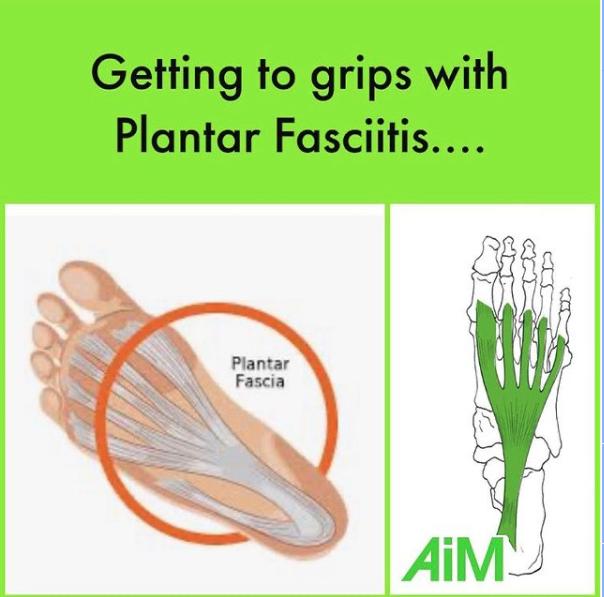👣 Flat foot – this increases tension in all of the tissues on the underside of the foot, often in multiple dimensions of movement. Being unable to get out of this flat footed position means the tension in the tissues remains perpetually under the foot
👣 Tension = stress 😖
👣 High arch rigid foot – this compresses the tissues and joint spaces on the underside of the foot, lack of mobility here often means the force is not dissipated well upon impact when standing, walking or running and as a result the underside of the foot remains compressed full time.
👣 State three = no motion in the foot bones. Unable to dissipate forces. Tension in the tissues remain fixed. Poor foot mobility and interaction with the ground
Tips:
✅ check your calcaneus can roll forwards when you dorsiflex (bend) your ankle
✅ check you have sufficient pressure through your first and fifth metatarsal heads (you should not be able to lift them off when you are weight bearing)
✅ When you lift your toes up your foot should increase in arch height and shins rotate outwards
✅ When you rotate your body to the right, your right foot should follow by increasing in arch height BUT the big toe knuckle should remain on the ground (or left)
🤷🏻♂️Whether you suffer plantarfasciitis or any other foot problem, if you cannot satisfy these conditions, it’s time to look at and starting working on your feet
🧐 Even if you have no foot pain but discomforts higher up in the body… if you cannot satisfy these conditions, it’s time to look at and starting working on your feet.
👣 Setting your foundations correctly can do a helluva lot for your whole body 🙌🏼
👣 Oh… the final unconsidered thing:
Your spine moves in ways that mimic and couple with your feet. Almost as if they give each other permission to move the way they move. So restrictions on your feet will impact movement in your spine and vice versa.
👣 Check out our online programmes Wake Your Body Up and Wake Your Feet Up to help you with the checkpoints above.
👣 NOW…why don’t we try and re-frame plantar fasciitis for you?

👣 If you think this is you, then very simply consider that it’s a result of your foot bones not moving as they should and the result of this is perpetually compromised underfoot tissues.
👣 A flat foot with a low arch means that the tissue underfoot is LONG. Many people call this ‘tight’. And when you hear the word ‘tight’ you instantly want to stretch it – but the problem is: it’s already LONG 🙇🏻♂️ You may also have been told that the muscles are weak. They aren’t weak, they are under-stimulated. Under-stimulated by the lack of bone motion going on down there.
👣 You may have a really high arch, in which case the muscles underfoot are bunched and crampy. You may be advised to roll it with a lacrosse ball (😖 – not by me btw). The main problem here is, yep you guessed it that those bones which are stuck in a high arch position cannot move into a place that reduces the amount of compression taking place on the underside of the foot. The only way the tissue is going to regain its lively, buoyant, tissuey and useful sense of self is if we get those bones moving.
👣 A foot whose arch can BOTH fall and rise with every foot step is a foot who’s plantar tissues can BOTH lengthen and shorten. In such a foot there is unlikely to be any hint of plantarfasciitis as the tissues recover their elasticity and blood is allowed to flow and pump through the area.
I say unlikely because on many occasions I have also had super mobile feet with p/f (doesn’t mean they are being used very well) that have been unresponsive to foot based treatment and almost always the person has significantly lacked spinal mobility in flexion and extension.
👣 A spine that is flexed and cannot extend is as bad as a foot that is flat and cannot rise. In this case the two speak to each other loud and clear.
In What The Foot I described a condition called “Nobody-ever-moves-me-itis”. This is basically that…. So if you have plantarfasciitis let’s just get your feet moving, pronating and supinating and also get your spine moving. I’ll show you how to do both in my Wake Your Feet & Body Up programmes.
Continue Your Journey
👣 Download the Free 7-steps to take ownership of your body. Access the free ebook here
👣 Get started with our self-assessment programmes for Everyone.
👣 As a professional bodyworker, our online Educational courses are for you.

Leave A Comment